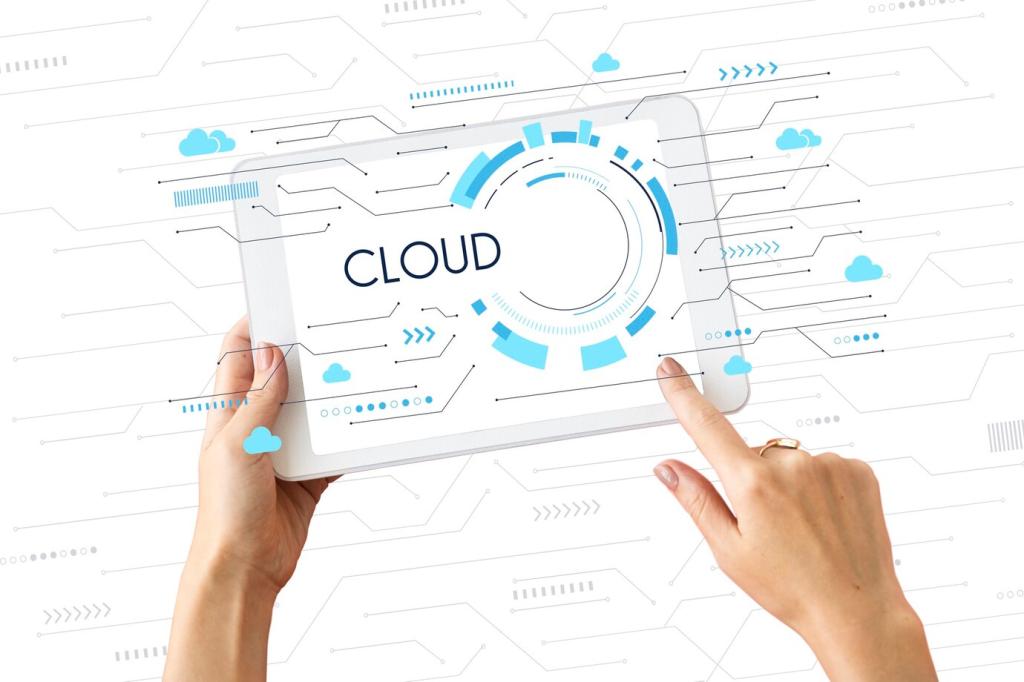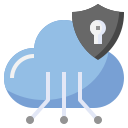
Best Practices for Secure Cloud Migration
Migrating to the cloud provides organizations with numerous advantages, such as scalability, flexibility, and potential cost savings. However, ensuring security during this transition is of paramount importance, as mishandled migrations can expose sensitive information and create vulnerabilities. This guide outlines the best practices for secure cloud migration to help organizations protect their data, maintain compliance, and ensure a smooth transition to cloud environments.
Assessing Cloud Readiness and Security Requirements
Gap Analysis for Security Preparedness
Conducting a gap analysis is essential to identify the differences between your current security posture and what will be required in the cloud. This involves evaluating existing security controls, policies, and procedures to pinpoint potential vulnerabilities. A gap analysis helps you prioritize actions to bridge deficiencies, ensuring that only compliant and secure workloads are migrated. Without this step, organizations risk importing legacy vulnerabilities into their new cloud environment.
Identifying Compliance Obligations
Every industry is governed by specific compliance and regulatory standards such as GDPR, HIPAA, or PCI DSS. Identifying which rules apply to your organization ensures that cloud migration strategies maintain necessary controls for sensitive information. Failure to adhere to these standards during migration can result in hefty fines and legal challenges. Early identification and integration of compliance requirements help design a migration pathway that secures data both in transit and at rest.
Defining Migration Objectives and Security Goals
Setting clear migration objectives that incorporate security goals is crucial to a successful cloud transition. Objectives should include desired business outcomes as well as technical and security benchmarks. By defining these goals early, organizations can tailor migration strategies to minimize risk and provide clear guidelines for monitoring and validating progress.
Selecting a Secure Cloud Service Provider
01
Evaluating Provider Security Certifications
Certifications like ISO/IEC 27001, SOC 2, and FedRAMP demonstrate a provider’s commitment to security and can reassure organizations that baseline controls are in place. Review the certifications a provider holds and validate their ongoing compliance with third-party audits. This due diligence helps ensure the provider’s infrastructure aligns with your organization’s own compliance requirements.
02
Reviewing Shared Responsibility Models
Understanding the shared responsibility model is vital before entrusting sensitive workloads to the cloud. Different CSPs delineate responsibilities differently, splitting security obligations between the provider and the customer. Ensure you fully comprehend which elements of security (such as patch management, encryption, and identity management) are handled by the provider and which require customer oversight.
03
Assessing Incident Response and Support Capabilities
A strong incident response mechanism is essential for minimizing the impact of security breaches. Evaluate the CSP’s ability to detect, respond to, and recover from security incidents. Inquire about their reporting protocols, downtime management, and customer support options. A responsive provider can make the difference in mitigating risks swiftly during or after migration.
Designing a Security-Focused Cloud Architecture
Dividing your cloud environments into multiple segments or subnets reduces the risk of lateral movement in case of a breach. Create strong boundaries between environments such as development, testing, and production. This approach limits the blast radius of potential attacks and helps enforce principle-of-least-privilege access.
Securing Data During Migration
Cataloging your data according to sensitivity and business value ensures that the most critical assets receive the highest level of protection during migration. Classify data into categories such as confidential, internal, and public, and prioritize their migration schedules. This fosters targeted security measures, such as additional encryption for highly sensitive data or access controls for compliance-sensitive workloads.
Previous
Next
Implementing Strong Access Controls and Monitoring
Role-Based Access Control (RBAC)
Applying RBAC policies limits user access to only the resources necessary to perform their jobs. Segregate duties and assign permissions at the minimum level necessary to reduce opportunities for privilege abuse. Regularly review and update role assignments to reflect personnel changes and prevent lingering over-provisioned accounts.
Continuous Activity Logging and Auditing
Continuously monitoring and logging all activities across your cloud environment provides a crucial record for detecting and investigating suspicious behavior. Audit logs enable organizations to trace incidents back to their source, uncover patterns of misuse, and comply with regulatory requirements that mandate activity tracking and retention.
Integration of Security Information and Event Management (SIEM)
Implementing a SIEM solution unifies log data from multiple sources, enabling real-time analysis and streamlined threat detection. By correlating events across systems, SIEM tools provide timely alerts for abnormal activity and facilitate a coordinated incident response. Effective SIEM integration helps organizations not only respond to threats but proactively strengthen their overall security posture.
Ensuring Application Security in the Cloud

Adopting secure software development practices, such as code reviews and automated security testing, significantly reduces the likelihood of vulnerabilities making their way into cloud-based applications. Encourage developers to incorporate security at every phase of the development lifecycle and provide ongoing security-focused training.
Testing, Validation, and Continuous Improvement
Before moving workloads to the cloud, conduct thorough security testing of applications, data flows, and infrastructure. Identify possible weaknesses and resolve them early, reducing the risk of post-migration incidents. Testing before migration ensures a higher level of confidence in the security of transferred resources.

